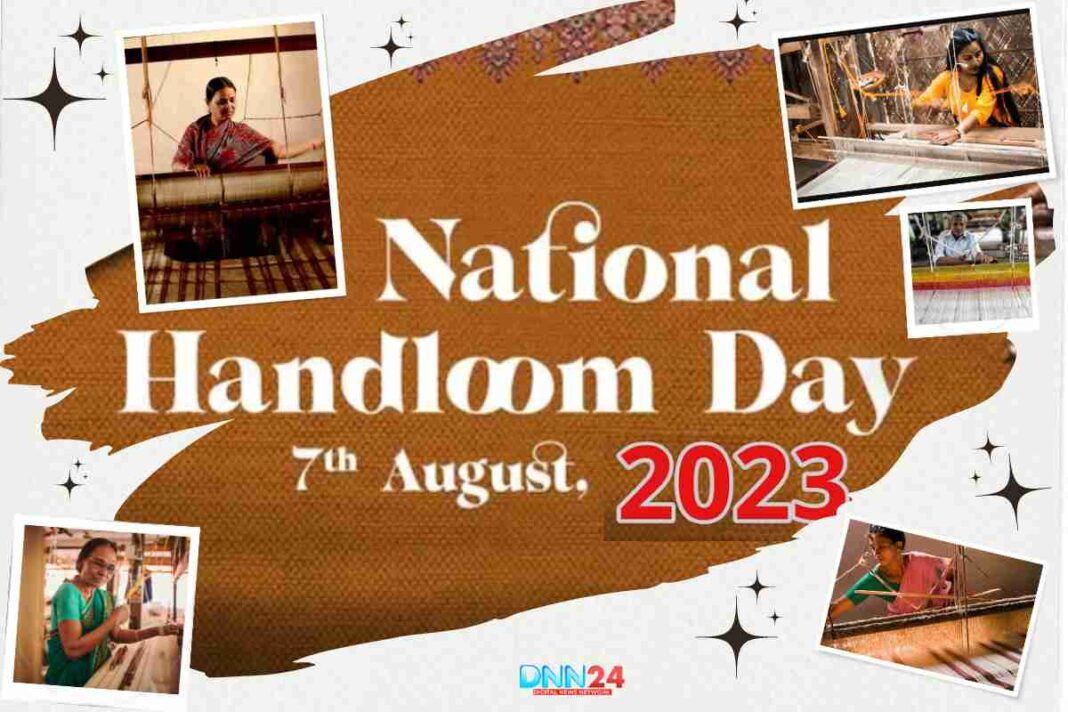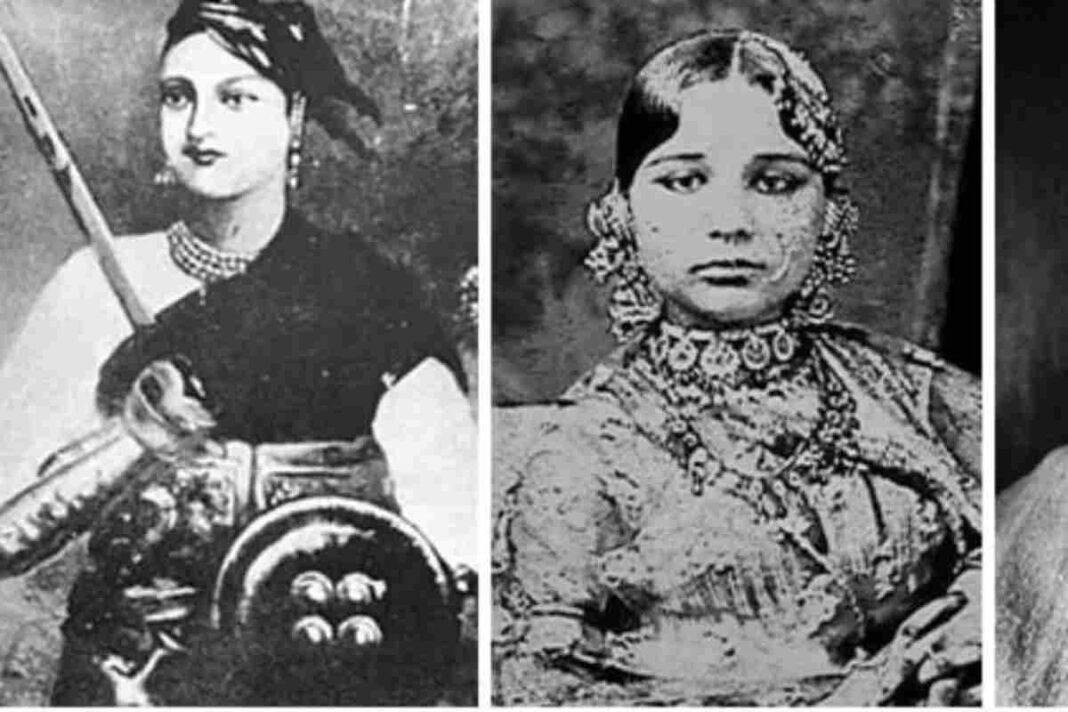National Handloom Day, observed on August 7th annually, celebrates India’s rich handloom heritage. This day holds significant importance as it commemorates the Swadeshi Movement launched in 1905 and marks the country’s commitment to promoting and preserving the traditional art of handloom weaving. In this article, we will delve into the origins of National Handloom Day, its journey over the years, the factors contributing to its success, and its challenges. Join us as we explore the world of handlooms and their cultural significance.
The Genesis of National Handloom Day
The genesis of National Handloom Day can be traced back to India’s struggle for independence from British colonial rule. During the early 20th century, under the leadership of Mahatma Gandhi, the Swadeshi Movement emerged as a powerful means to promote indigenous products and boycott British goods. Handloom weaving played a crucial role in this movement, symbolizing self-reliance, unity, and cultural identity.
In recognition of this cultural significance, the Indian government, under the leadership of Prime Minister Narendra Modi, declared August 7th as National Handloom Day in 2015. The goal was not only to honor the handloom artisans and their craftsmanship but also to create awareness about the beauty and sustainability of handwoven textiles.
The Journey of National Handloom Day
Since its inception, National Handloom Day has grown into a nationwide celebration, with various events, exhibitions, and workshops held nationwide. The day has become an occasion to showcase the talent of handloom weavers, designers, and artisans and promote handloom products in domestic and international markets.
The handloom sector has witnessed a resurgence through the collective efforts of the government, NGOs, and various organizations. The availability of handloom products has expanded, and their demand has soared locally and globally. This revival has not only generated employment opportunities but has also contributed to the socio-economic development of the Weaver communities.
Factors Contributing to the Success of Handlooms
Several factors have contributed to the success and growth of the handloom industry in India:
Rich Cultural Heritage:
India boasts a diverse cultural heritage, and handloom weaving is integral to its identity. The exquisite craftsmanship and traditional weaving techniques have been passed down through generations, adding uniqueness and charm to each handloom product.
Eco-Friendly and Sustainable: In an era of environmental consciousness, handloom textiles have emerged as a sustainable and eco-friendly alternative to mass-produced, synthetic fabrics. Handloom weaving involves minimal electricity and is often powered by traditional techniques, making it a green choice.
Government Initiatives:
The Indian government has taken various initiatives to support the handloom industry, such as financial assistance, skill development programs, and marketing support. These measures have enhanced the accessibility and visibility of handloom products.
Rising Global Demand:
With the increasing demand for sustainable and ethically produced goods, handloom textiles have found favor with consumers worldwide. The unique designs, intricate patterns, and organic materials appeal to a broad audience.
Challenges Faced by the Handloom Industry
Despite its remarkable growth, the handloom industry in India faces particular challenges:
Competition from Power Looms:
Handloom products often face tough competition from power looms and mechanized textiles, which can produce fabrics at a faster rate and lower cost. This competition poses a threat to the livelihoods of handloom weavers.
Marketing and Distribution:
Effective marketing and distribution remain significant challenges for the handloom sector. Many weavers need access to modern marketing channels and help reach a broader customer base.
Skills Preservation:
As the younger generation seeks alternative livelihoods, there is a risk of traditional handloom weaving skills fading away. The need for skilled artisans and the preservation of traditional knowledge is crucial for the industry’s sustenance.
The Significance of Handlooms in India
Handlooms holds a special place in India’s cultural tapestry. They not only represent the artistic brilliance of the weavers but also embody the nation’s rich heritage. The handloom industry is deeply entwined with the social fabric of India, providing employment to millions and empowering local communities.
The use of handwoven textiles extends beyond fashion; it extends to home furnishings, art, and religious ceremonies. The intricate designs and vibrant colors of handloom fabrics are a source of pride for every Indian.
The Demand and Supply Dynamics of Handlooms
The demand for handloom products has witnessed a significant upswing in recent years. Consumers increasingly opt for handcrafted textiles over mass-produced alternatives as they become more conscious of sustainable choices. The demand is strong domestically and internationally, with Indian handlooms gaining popularity globally.
However, despite the increased demand, the supply chain for handloom products faces challenges. Ensuring a steady supply of raw materials, supporting artisans with fair wages, and improving weaving efficiency are vital to meet the growing demand sustainably.
Empowering Communities Through Handlooms
Sustainable Livelihoods
Handloom weaving is more than an art form; it’s a means of livelihood for countless families across India. By promoting handloom products, we contribute to income generation in rural areas, enabling artisans to sustain their craft and lead dignified lives.
Preserving Tradition
The intricate designs and techniques used in handloom weaving are a repository of tradition and culture. By embracing handloom products, we actively preserve India’s diverse heritage, ensuring these ancient techniques thrive.
The Road Ahead: Nurturing Handloom Ecosystem
National Handloom Day reminds us of our responsibility to support and uplift the handloom sector. Here are a few ways you can contribute:
Choose Handloom:
Make a conscious choice to include handloom products in your wardrobe. Whether it’s a saree, kurta, or shawl, each purchase helps sustain an artisan’s livelihood.
Educate and Spread Awareness:
Spread the word about the significance of handlooms. Educate others about the craftsmanship and cultural heritage woven into each piece.
Support Local Artisans:
Visit handloom clusters and interact with artisans. Your direct support not only boosts their morale but also aids in preserving their craft.
Embrace Sustainability:
Handloom products are inherently sustainable. By choosing them, you contribute to eco-friendly practices and reduce your carbon footprint.
Conclusion
As we celebrate National Handloom Day, remember that every handwoven creation is a masterpiece and a testament to the skilled hands and creative minds shaping India’s textile heritage. By embracing handloom products, we journey to preserve tradition, empower artisans, and weave a brighter future for future generations.
In a fast fashion and mass production world, let us pause to appreciate the artistry and soul of crafting each handloom masterpiece. Explore the rich tapestry of India’s handloom heritage and consciously support this timeless craft. Happy National Handloom Day!
Also Read: Coast Guard Day: Honoring the Guardians
You can connect with DNN24 on Facebook, Instagram, Twitter and subscribe to our YouTube channel.



